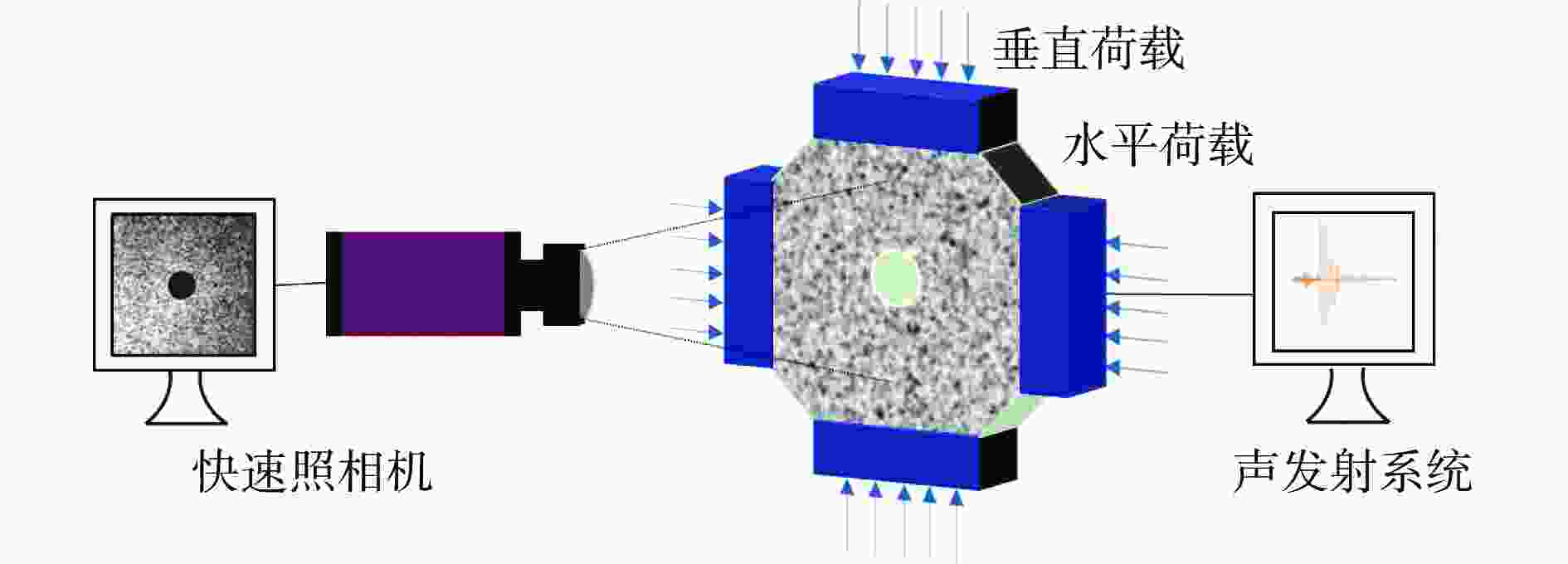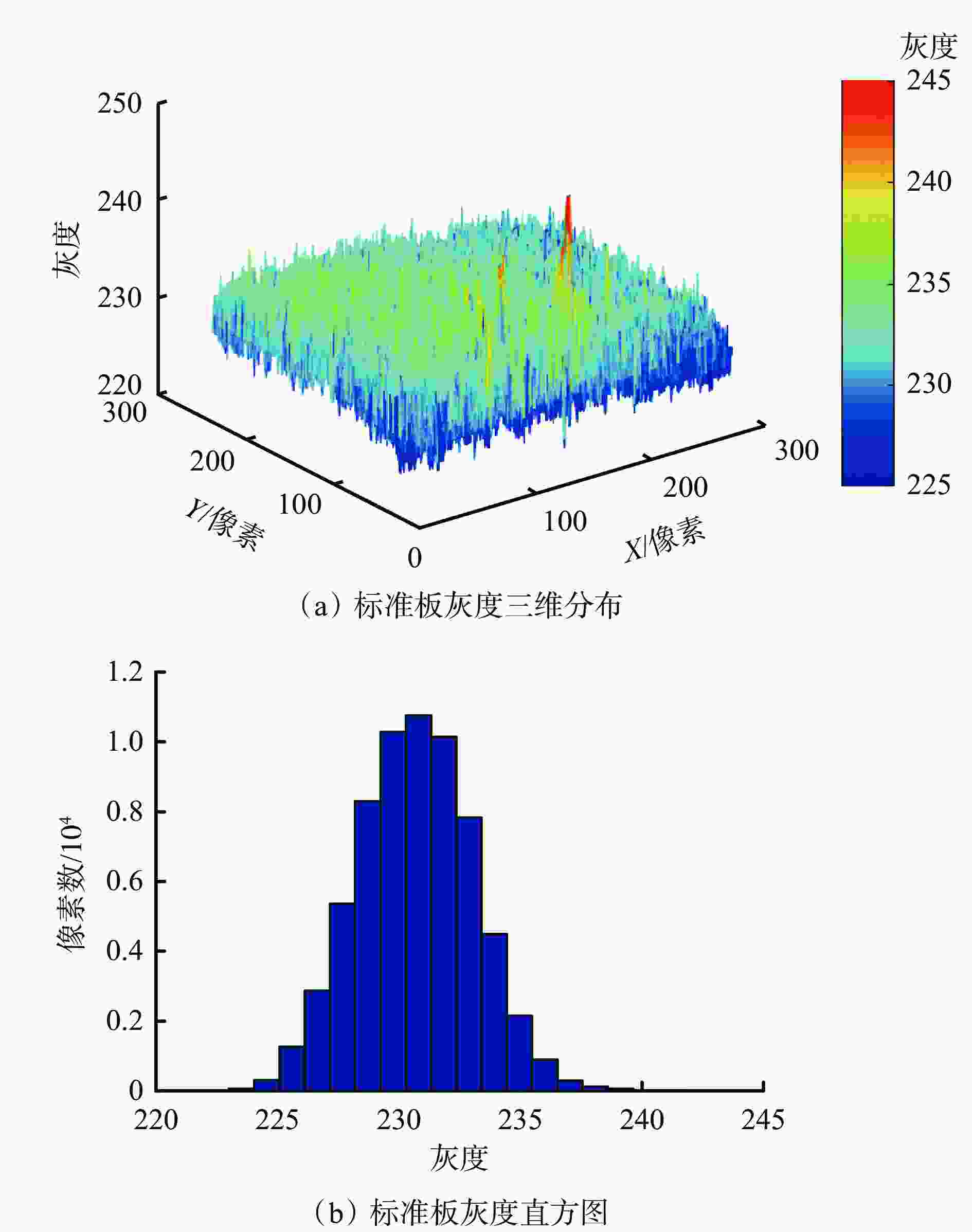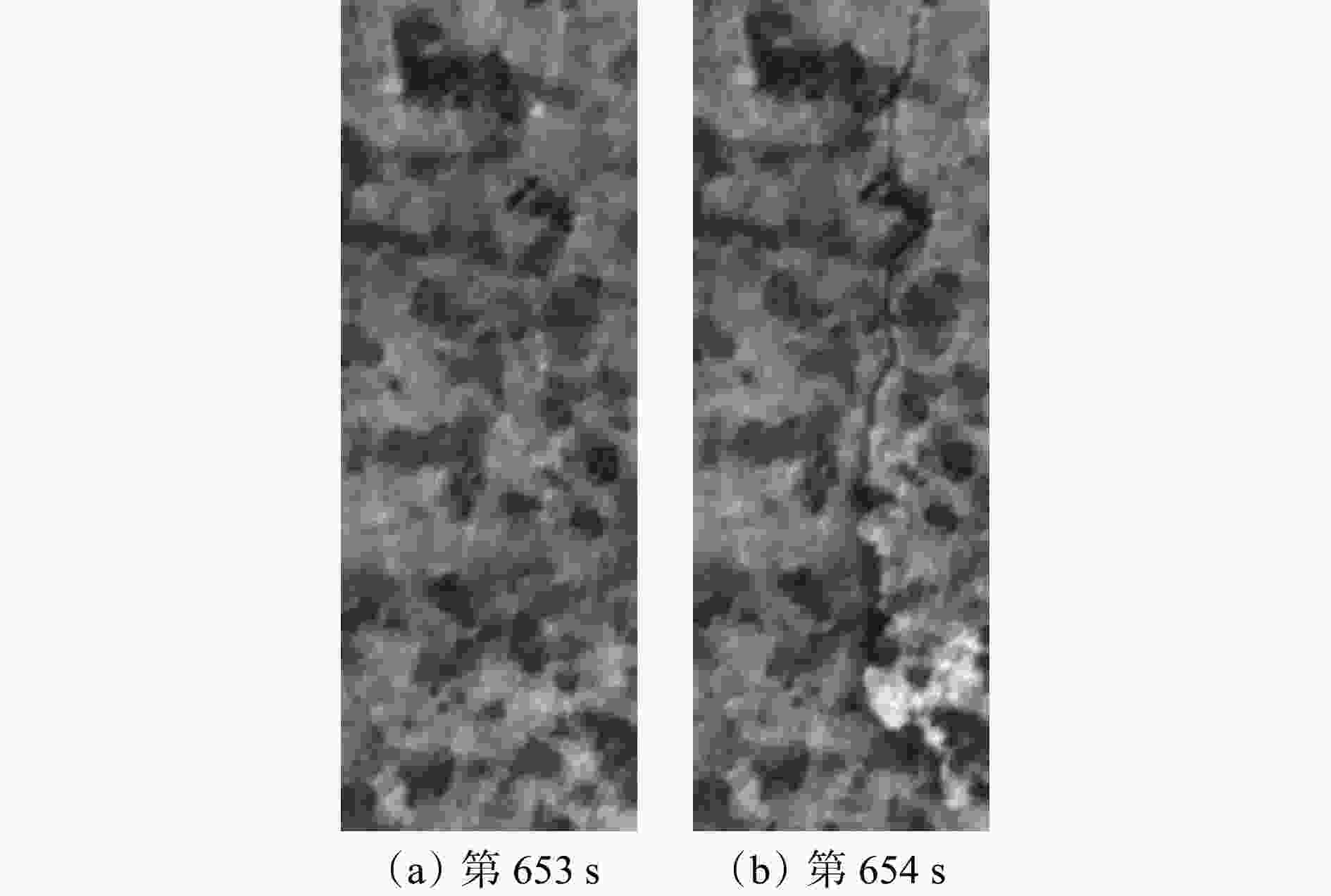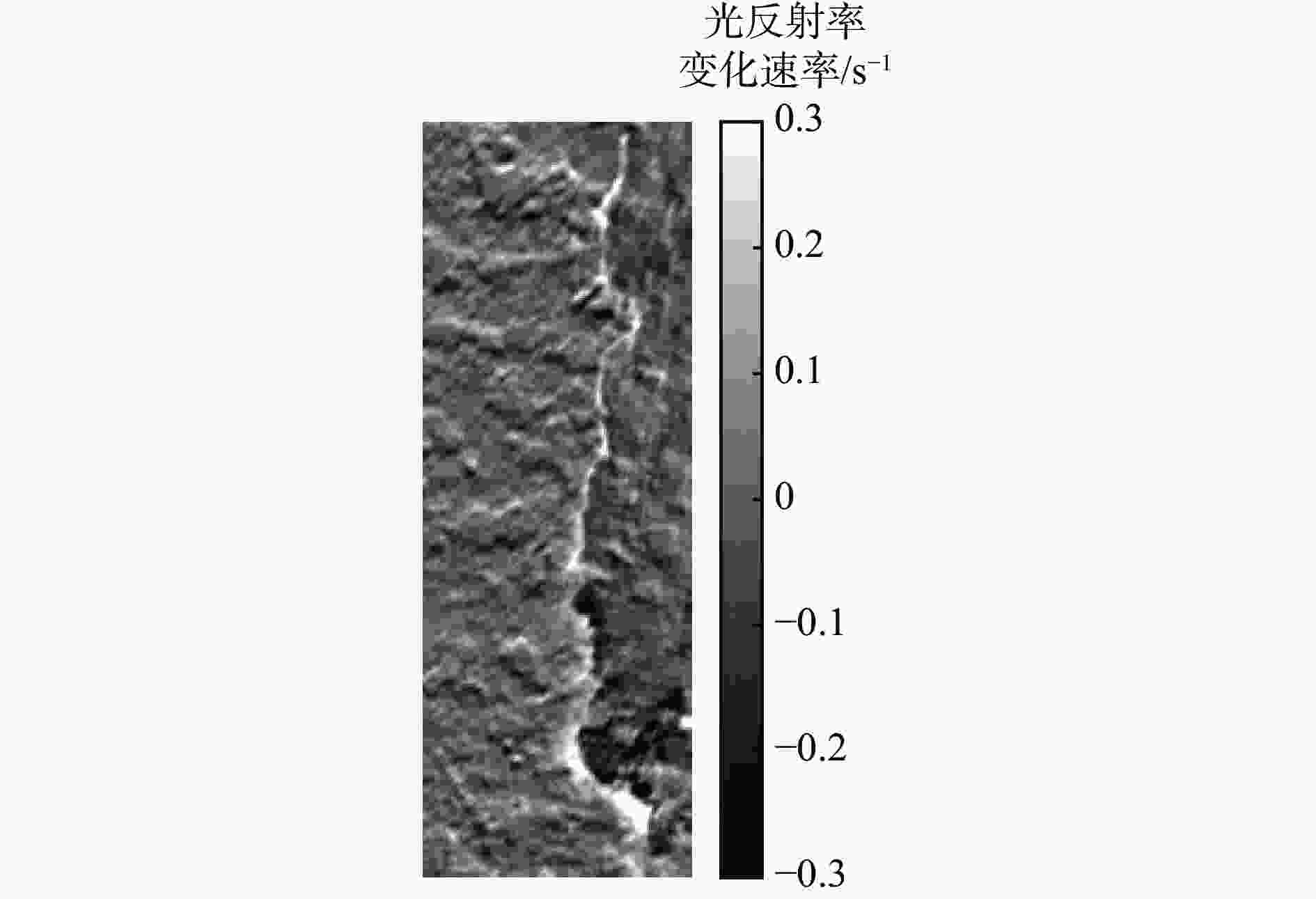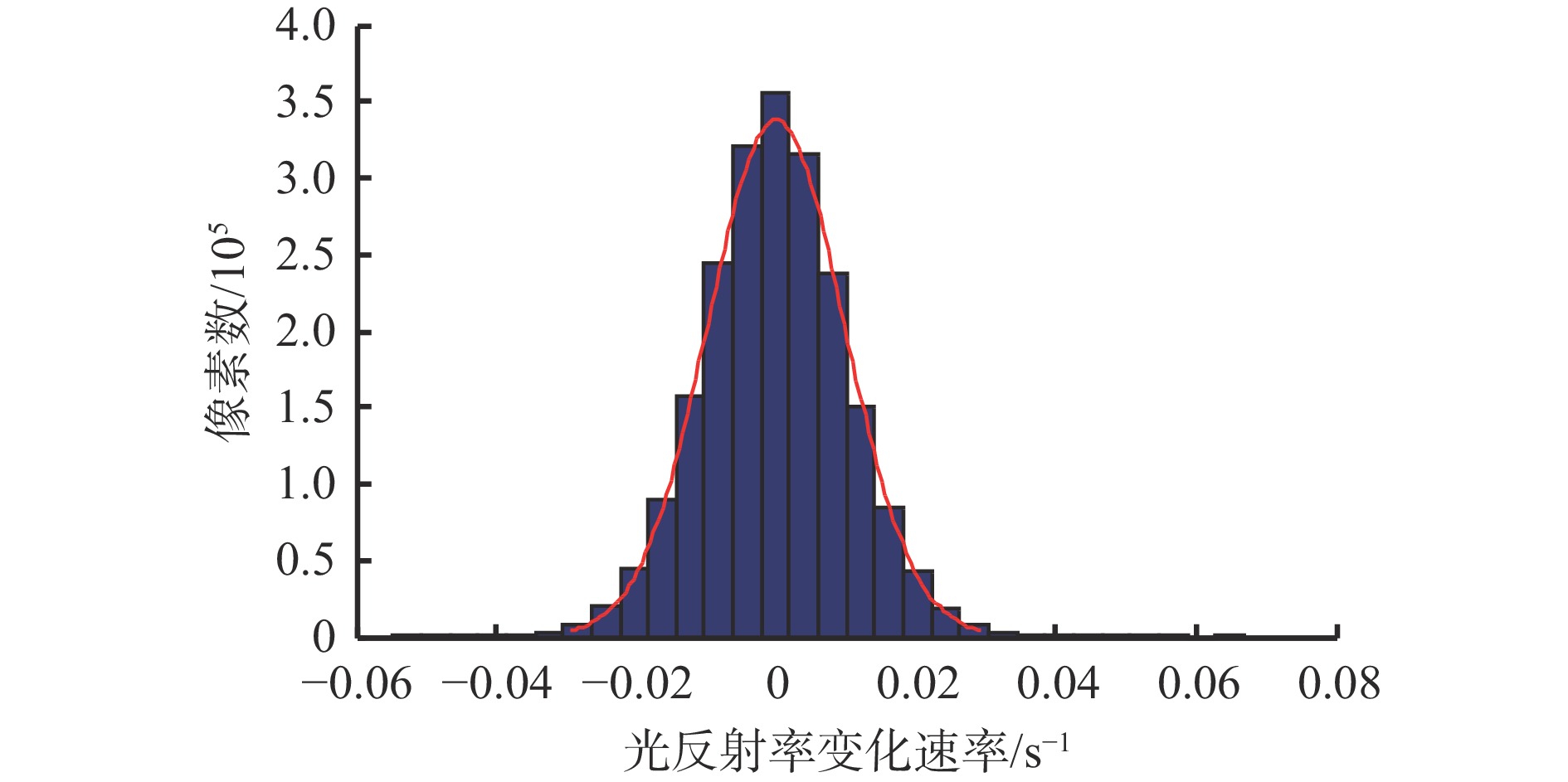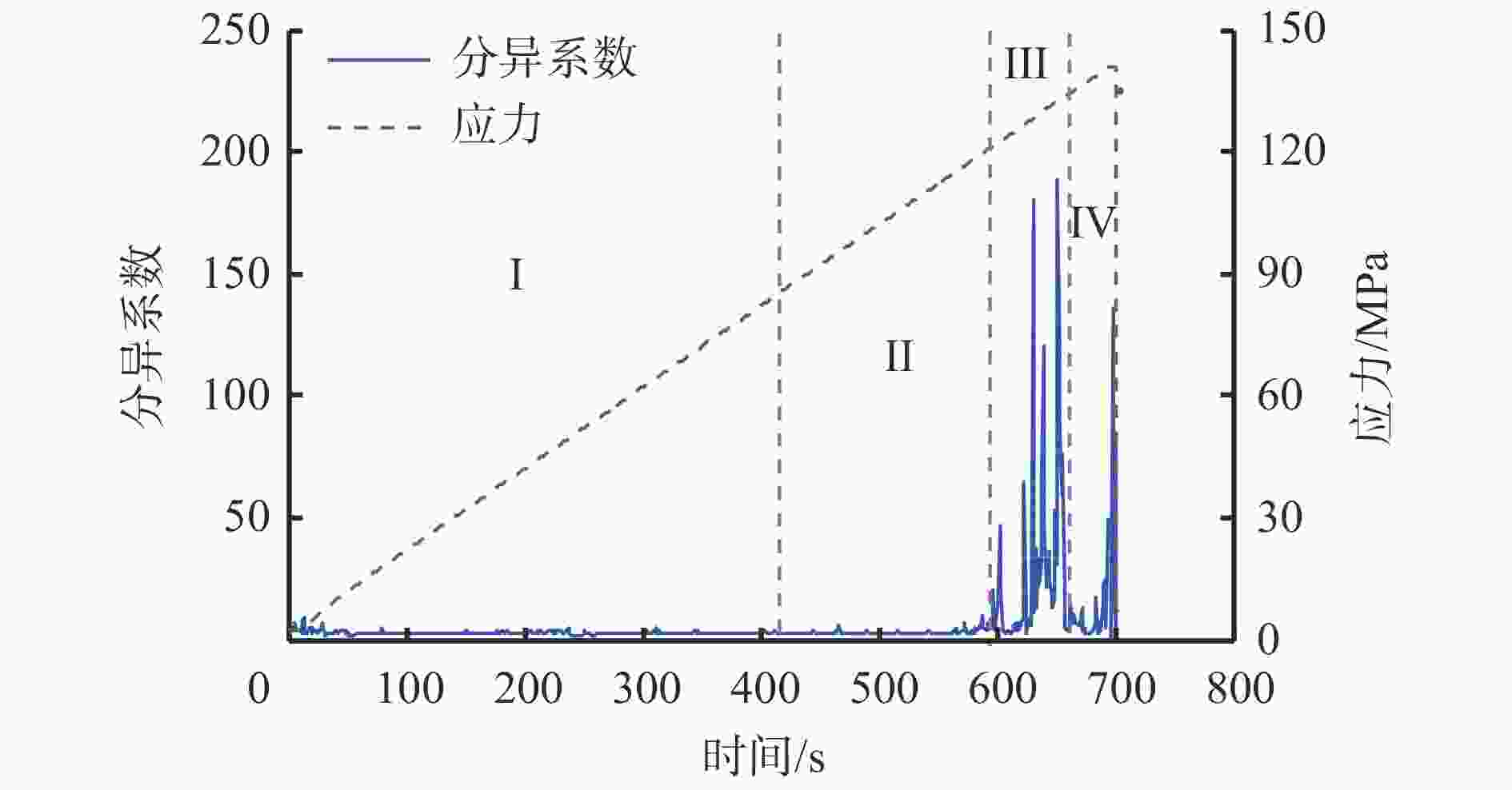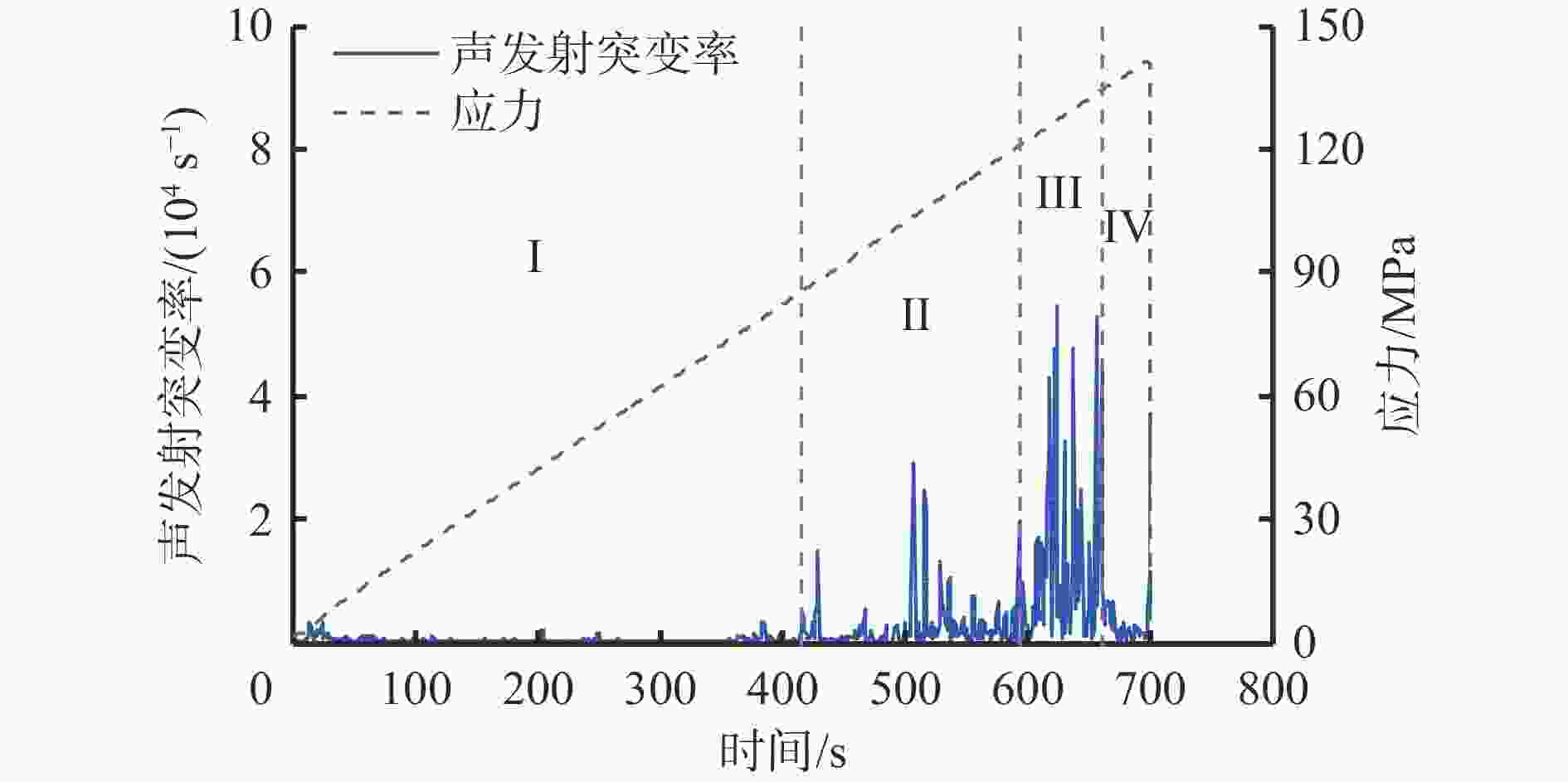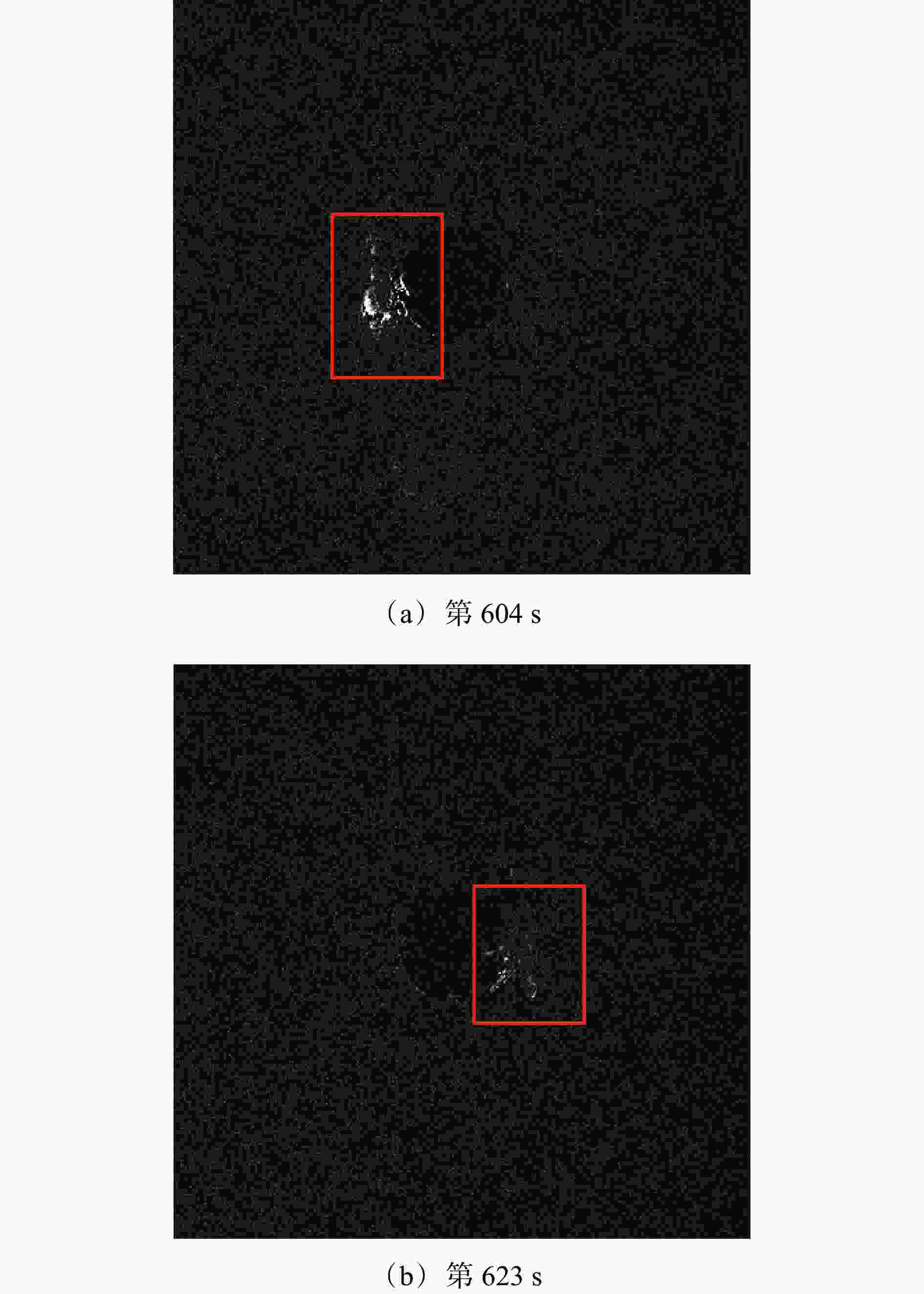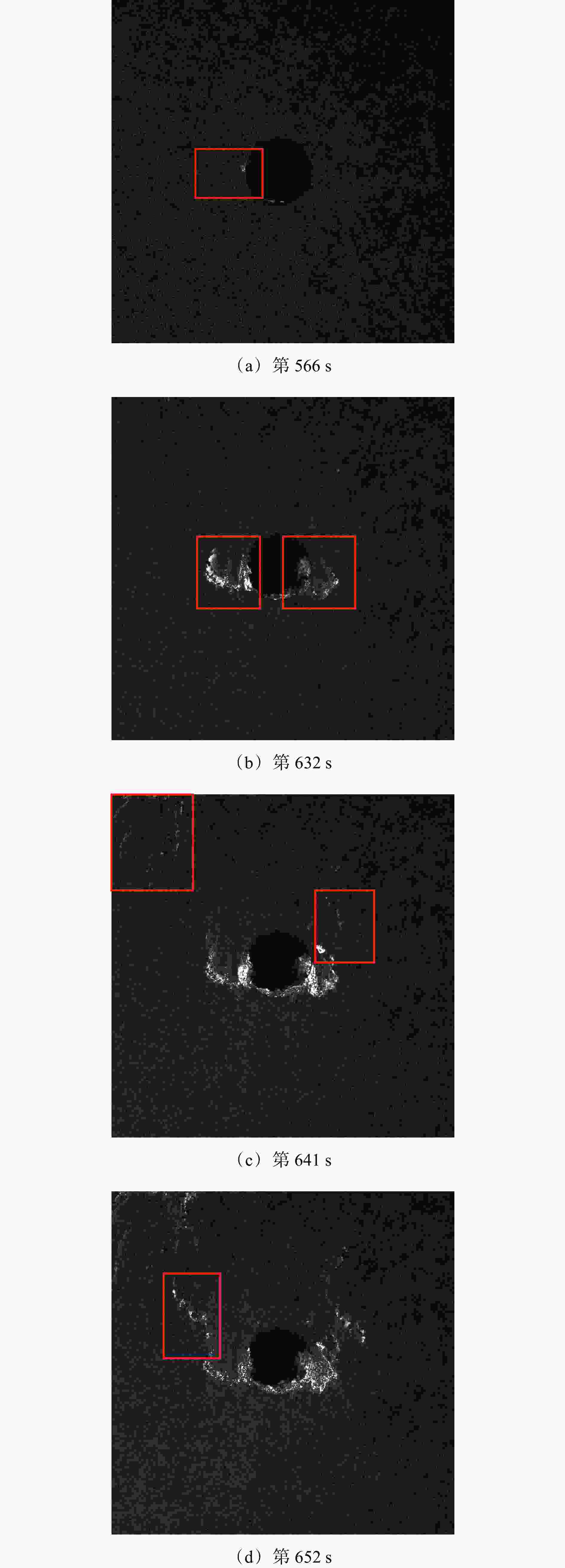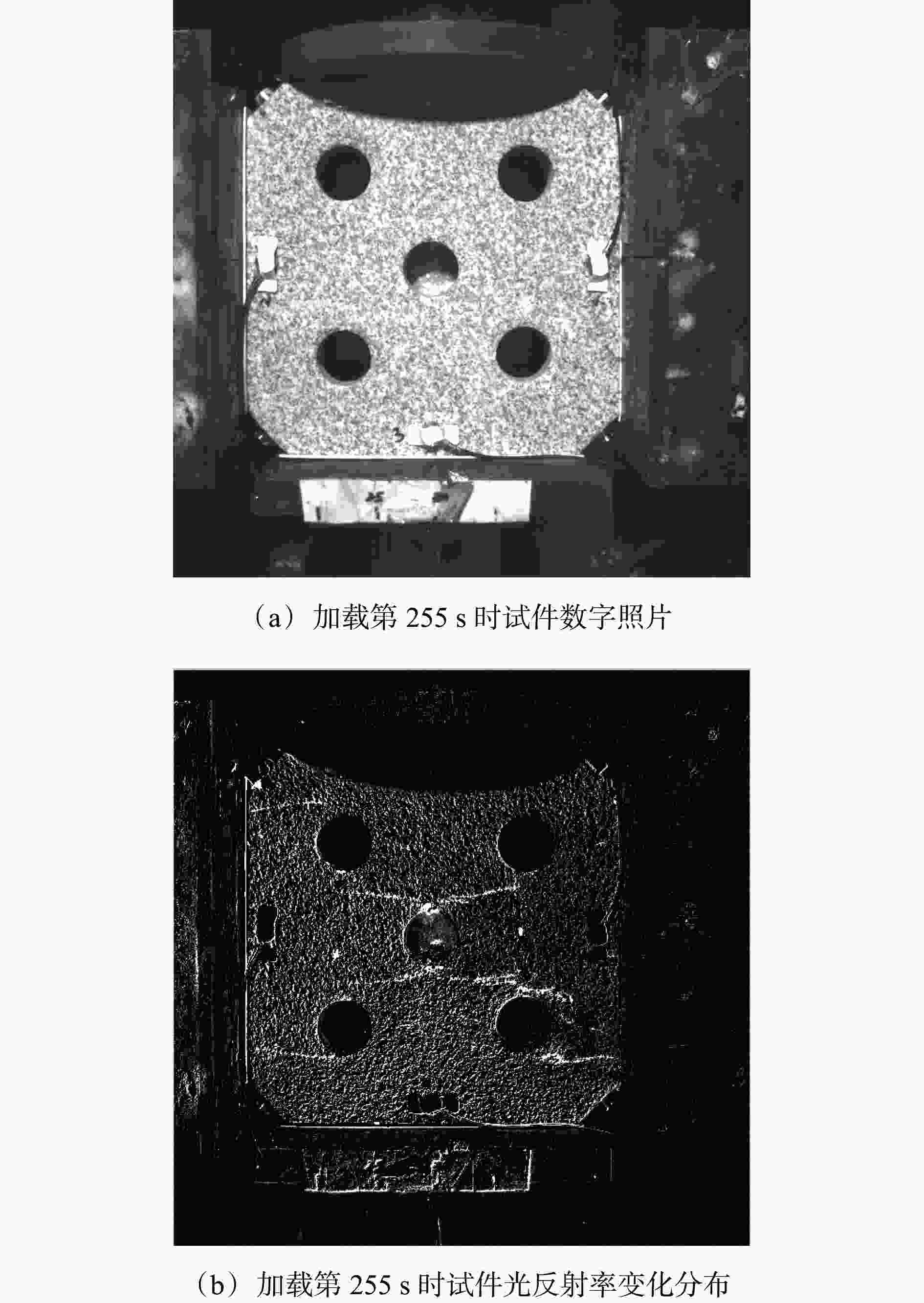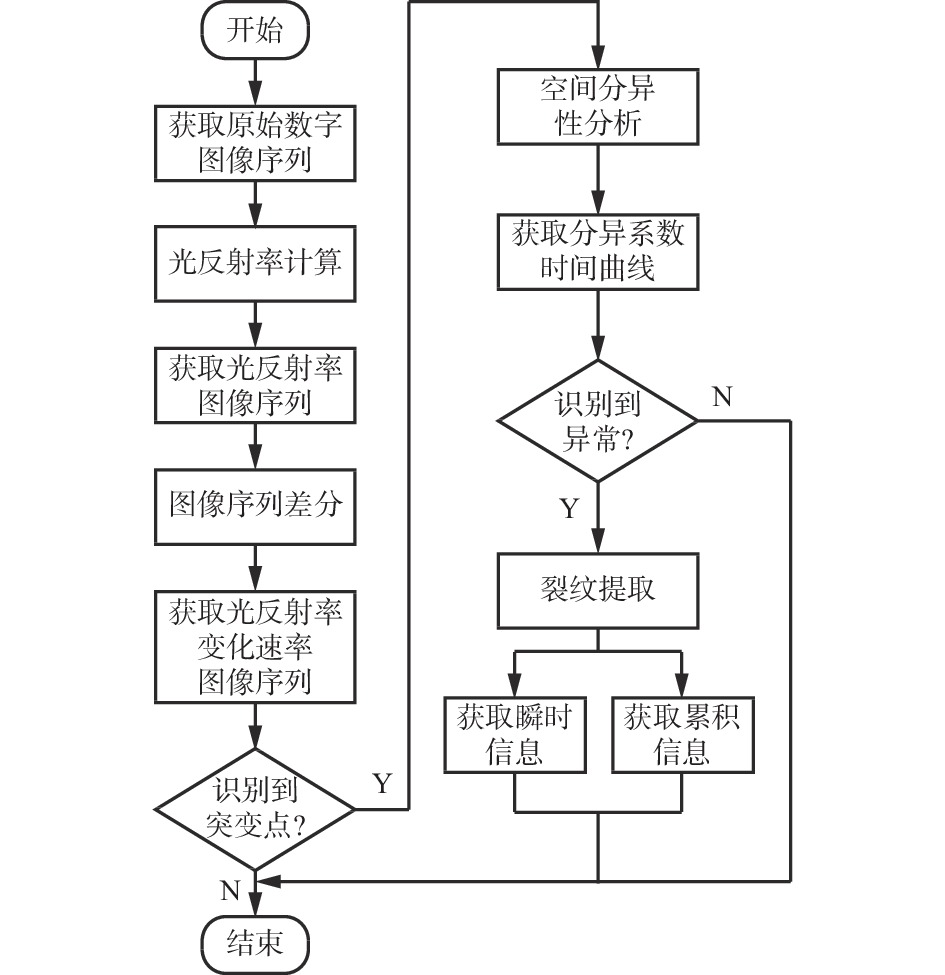| [1] |
陈世江,朱万成,张敏思,等. 基于数字图像处理技术的岩石节理分形描述[J]. 岩土工程学报,2012,34(11):2087-2092.CHEN Shijiang,ZHU Wancheng,ZHANG Minsi,et al. Fractal description of rock joints based on digital image processing technique[J]. Chinese Journal of Geotechnical Engineering,2012,34(11):2087-2092.
|
| [2] |
刘树新,邢杰,郑旭,等. 岩石轴压CT图像的分区损伤信息与临界破坏识别[J]. 岩土工程学报,2021,43(3):432-438.LIU Shuxin,XING Jie,ZHENG Xu,et al. Zonal damage information and critical failure identification of CT images of rock under triaxial compression[J]. Chinese Journal of Geotechnical Engineering,2021,43(3):432-438.
|
| [3] |
张毅,李皋,王希勇,等. 川西须家河组致密砂岩高温后微组构特征及对力学性能的影响[J]. 岩石力学与工程学报,2021,40(11):2249-2259.ZHANG Yi,LI Gao,WANG Xiyong,et al. Microfabric characteristics of tight sandstone of Xujiahe formation in western Sichuan after high temperature and the effect on mechanical properties[J]. Chinese Journal of Rock Mechanics and Engineering,2021,40(11):2249-2259.
|
| [4] |
张艳博,王科学,姚旭龙,等. 基于波速场成像技术的岩石损伤评价研究[J]. 岩石力学与工程学报,2019,38(12):2404-2417.ZHANG Yanbo,WANG Kexue,YAO Xulong,et al. Rock damage evaluation based on wave velocity field imaging technology[J]. Chinese Journal of Rock Mechanics and Engineering,2019,38(12):2404-2417.
|
| [5] |
MA Liqiang,SUN Hai,ZHANG Yao,et al. Characteristics of infrared radiation of coal specimens under uniaxial loading[J]. Rock Mechanics and Rock Engineering,2016,49:1567-1572. doi: 10.1007/s00603-015-0780-4
|
| [6] |
刘春,许强,施斌,等. 岩石颗粒与孔隙系统数字图像识别方法及应用[J]. 岩土工程学报,2018,40(5):925-931. doi: 10.11779/CJGE201805018LIU Chun,XU Qiang,SHI Bin,et al. Digital image recognition method of rock particle and pore system and its application[J]. Chinese Journal of Geotechnical Engineering,2018,40(5):925-931. doi: 10.11779/CJGE201805018
|
| [7] |
王国法,杜毅博,任怀伟,等. 智能化煤矿顶层设计研究与实践[J]. 煤炭学报,2020,45(6):1909-1924.WANG Guofa,DU Yibo,REN Huaiwei,et al. Top level design and practice of smart coal mines[J]. Journal of China Coal Society,2020,45(6):1909-1924.
|
| [8] |
杨永明,鞠杨,毛灵涛. 三轴应力下致密砂岩裂纹展布规律及表征方法[J]. 岩土工程学报,2014,36(5):864-872. doi: 10.11779/CJGE201405008YANG Yongming,JU Yang,MAO Lingtao. Growth distribution laws and characterization methods of cracks of compact sandstone subjected to triaxial stress[J]. Chinese Journal of Geotechnical Engineering,2014,36(5):864-872. doi: 10.11779/CJGE201405008
|
| [9] |
李德建,关磊,韩立强,等. 白皎煤矿玄武岩岩爆破坏微观裂纹特征分析[J]. 煤炭学报,2014,39(2):307-314.LI Dejian,GUAN Lei,HAN Liqiang,et al. Analysis of micro-crack characteristics from rockburst failure of basalt in Baijiao Coal Mine content[J]. Journal of China Coal Society,2014,39(2):307-314.
|
| [10] |
冷彪,张毅,杨辉,等. 隧道掌子面岩体裂隙快速识别方法[J]. 西南交通大学学报,2021,56(2):246-252,322.LENG Biao,ZHANG Yi,YANG Hui,et al. Rapid recognition of rock mass fractures in tunnel faces[J]. Journal of Southwest Jiaotong University,2021,56(2):246-252,322.
|
| [11] |
李兆霖,王连国,姜崇扬,等. 基于实时CT扫描的岩石真三轴条件下三维破裂演化规律[J]. 煤炭学报,2021,46(3):937-949.LI Zhaolin,WANG Lianguo,JIANG Chongyang,et al. Three-dimensional fracture evolution patterns of rocks under true triaxial conditions based on real-time CT scanning[J]. Journal of China Coal Society,2021,46(3):937-949.
|
| [12] |
温世亿,李静,苏霞,等. 复杂应力条件下围岩破坏的细观特征研究[J]. 岩土力学,2010,31(8):2399-2406. doi: 10.3969/j.issn.1000-7598.2010.08.009WEN Shiyi,LI Jing,SU Xia,et al. Studies of mesomechanical structure characters of surrounding rock failure under complex stress state[J]. Rock and Soil Mechanics,2010,31(8):2399-2406. doi: 10.3969/j.issn.1000-7598.2010.08.009
|
| [13] |
李昂,邵国建,孙阳,等. 软硬互层状岩体局部区域的细观非均匀特性研究[J]. 岩石力学与工程学报,2017,36(增刊2):3852-3863.LI Ang,SHAO Guojian,SUN Yang,et al. Study on meso-inhomogeneity of local region of alternatively distributed soft and hard composite rockmass[J]. Chinese Journal of Rock Mechanics and Engineering,2017,36(S2):3852-3863.
|
| [14] |
李志伟. 煤岩CT图中基于序列特征的裂隙识别方法研究[D]. 北京: 中国矿业大学(北京), 2020.LI Zhiwei. Research on fracture identification methods based on sequence features in CT images of coal-rock[D]. Beijing: China University of Mining and Technology-Beijing, 2020.
|
| [15] |
吴贤振,高祥,赵奎,等. 岩石破裂过程中红外温度场瞬时变化异常探究[J]. 岩石力学与工程学报,2016,35(8):1578-1594.WU Xianzhen,GAO Xiang,ZHAO Kui,et al. Abnormality of transient infrared temperature field(ITF) in the process of rock failure[J]. Chinese Journal of Rock Mechanics and Engineering,2016,35(8):1578-1594.
|
| [16] |
HUANG Jianwei,LIU Shanjun,LIU Wenfang,et al. Experimental study on the thermal infrared spectral variation of fractured rock[J]. Remote Sensing,2021,13(6):1191. doi: 10.3390/rs13061191
|
| [17] |
HUANG Jianwei,LIU Shanjun,GAO Xiang,et al. Experimental study of the thermal infrared emissivity variation of loaded rock and its significance[J]. Remote Sensing,2018,10(6):818. doi: 10.3390/rs10060818
|
| [18] |
GAO Xiang, LIU Shanjun, WU Lixin, et al. The variation of microwave brightness temperature of granite pressed under weak background radiation[J]. IEEE Transactions on Geoscience and Remote Sensing, 2020, 59(2): 1369-1381.
|
| [19] |
GAO Xiang,LIU Shanjun,WU Lixin,et al. The anisotropy and polarization of stress-induced microwave radiation changes in granite and their significance for seismic remote sensing[J]. IEEE Transactions on Geoscience and Remote Sensing,2021,59(9):7603-7617. doi: 10.1109/TGRS.2020.3034126
|
| [20] |
仰云峰,申宝剑,腾格尔,等. 有机质反射率的数字图像实现方法[J]. 石油实验地质,2017,39(4):562-566. doi: 10.11781/sysydz201704562YANG Yunfeng,SHEN Baojian,Tenger,et al. Determination of reflectance of organic matter by digital image processing[J]. Petroleum Geology & Experiment,2017,39(4):562-566. doi: 10.11781/sysydz201704562
|
| [21] |
刘吉平. 遥感原理及遥感信息分析基础[M]. 武汉: 武汉大学出版社, 2012.LIU Jiping. Principle of remote sensing and basis of remote sensing information analysis[M]. Wuhan: Wuhan University Press, 2012.
|
| [22] |
高祥,熊伟,徐金辉,等. 粉砂岩失稳过程的红外高温点聚集异常[J]. 有色金属科学与工程,2016,7(1):68-73. doi: 10.13264/j.cnki.ysjskx.2016.01.014GAO Xiang,XIONG Wei,XU Jinhui,et al. Abnormal aggregation of infrared high temperature points in process of siltstone failure[J]. Nonferrous Metals Science and Engineering,2016,7(1):68-73. doi: 10.13264/j.cnki.ysjskx.2016.01.014
|
| [23] |
张瑞芳,黄泽纯,洪安东,等. 利用样方分析小微地震空间分布模式[J]. 测绘与空间地理信息,2018,41(6):21-24. doi: 10.3969/j.issn.1672-5867.2018.06.007ZHANG Ruifang,HUANG Zechun,HONG Andong,et al. Exploring spatial distribution pattern of small earthquakes using quadrat analysis[J]. Geomatics & Spatial Information Technology,2018,41(6):21-24. doi: 10.3969/j.issn.1672-5867.2018.06.007
|
| [24] |
高祥,刘善军,黄建伟,等. 应变率对岩石变形过程声发射特征的影响[J]. 岩石力学与工程学报,2018,37(4):887-897. doi: 10.13722/j.cnki.jrme.2017.0939GAO Xiang,LIU Shanjun,HUANG Jianwei,et al. The influence of strain rate on AE characteristics during rock deformation[J]. Chinese Journal of Rock Mechanics and Engineering,2018,37(4):887-897. doi: 10.13722/j.cnki.jrme.2017.0939
|
| [25] |
葛世荣,郝尚清,张世洪,等. 我国智能化采煤技术现状及待突破关键技术[J]. 煤炭科学技术,2020,48(7):28-46. doi: 10.13199/j.cnki.cst.2020.07.002GE Shirong,HAO Shangqing,ZHANG Shihong,et al. Status of intelligent coal mining technology and potential key technologies in China[J]. Coal Science and Technology,2020,48(7):28-46. doi: 10.13199/j.cnki.cst.2020.07.002
|
| [26] |
杨春雨,袁晓光. 煤矿井下巷道变形巡检视频异常检测方法[J]. 工矿自动化,2021,47(2):13-17. doi: 10.13272/j.issn.1671-251x.17702YANG Chunyu,YUAN Xiaoguang. Anomaly detection method of inspection video for coal mine underground roadway deformation[J]. Industry and Mine Automation,2021,47(2):13-17. doi: 10.13272/j.issn.1671-251x.17702
|





 下载:
下载:
